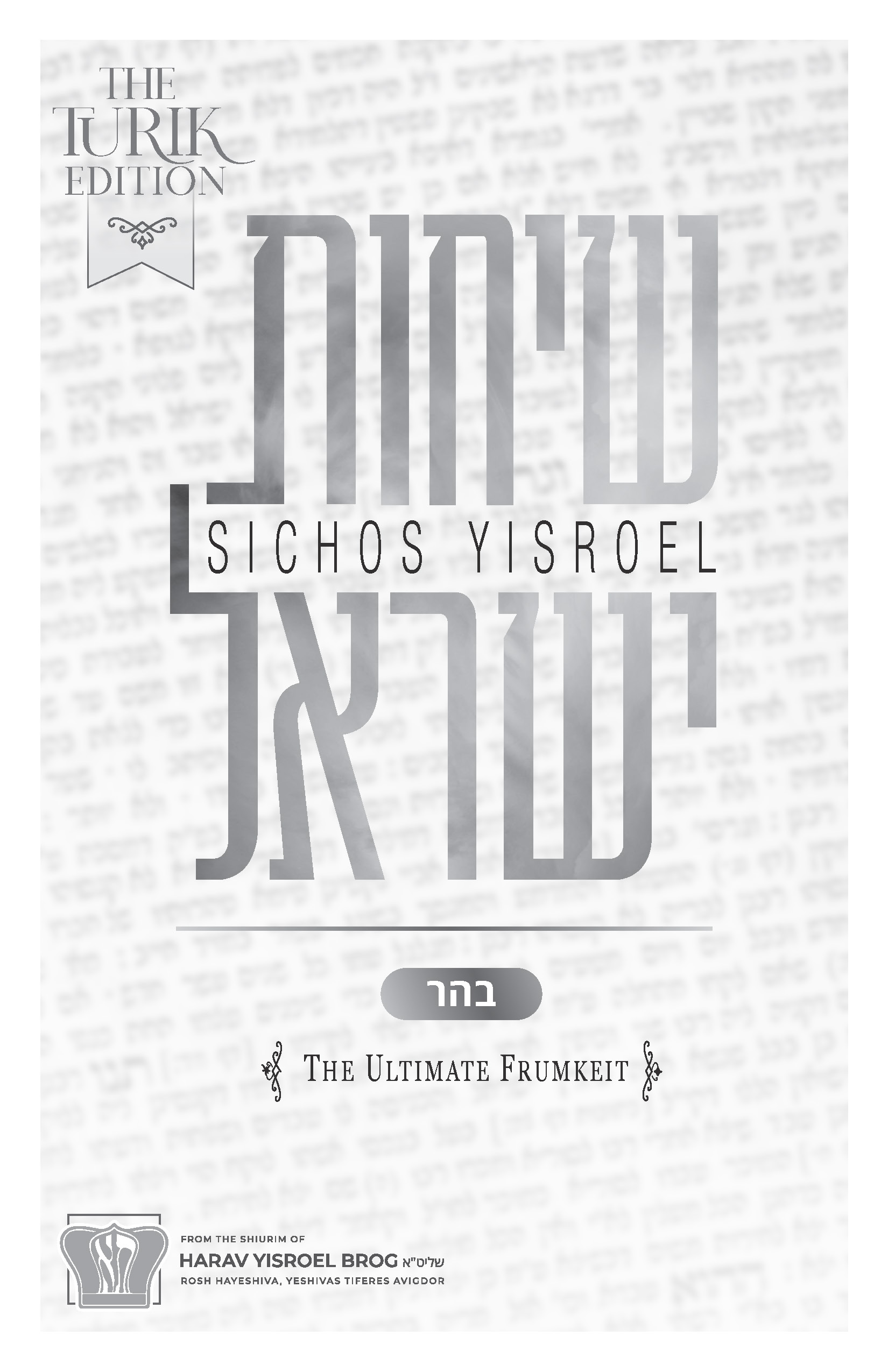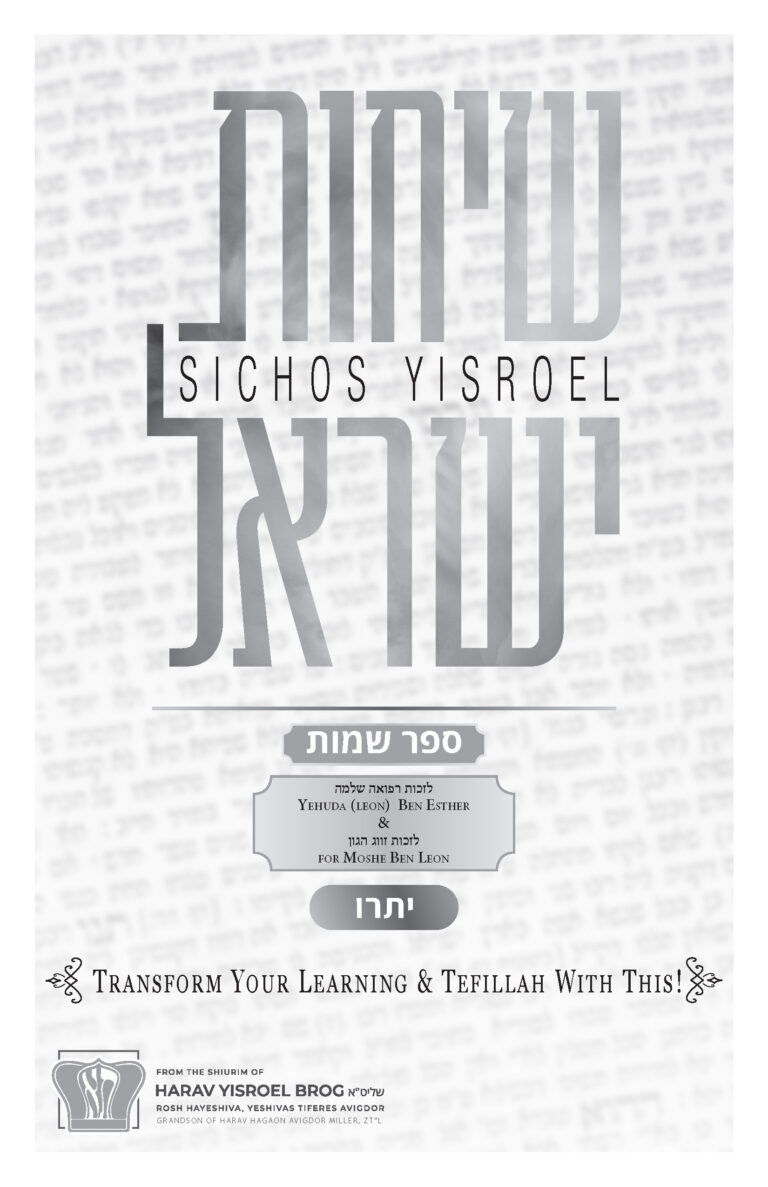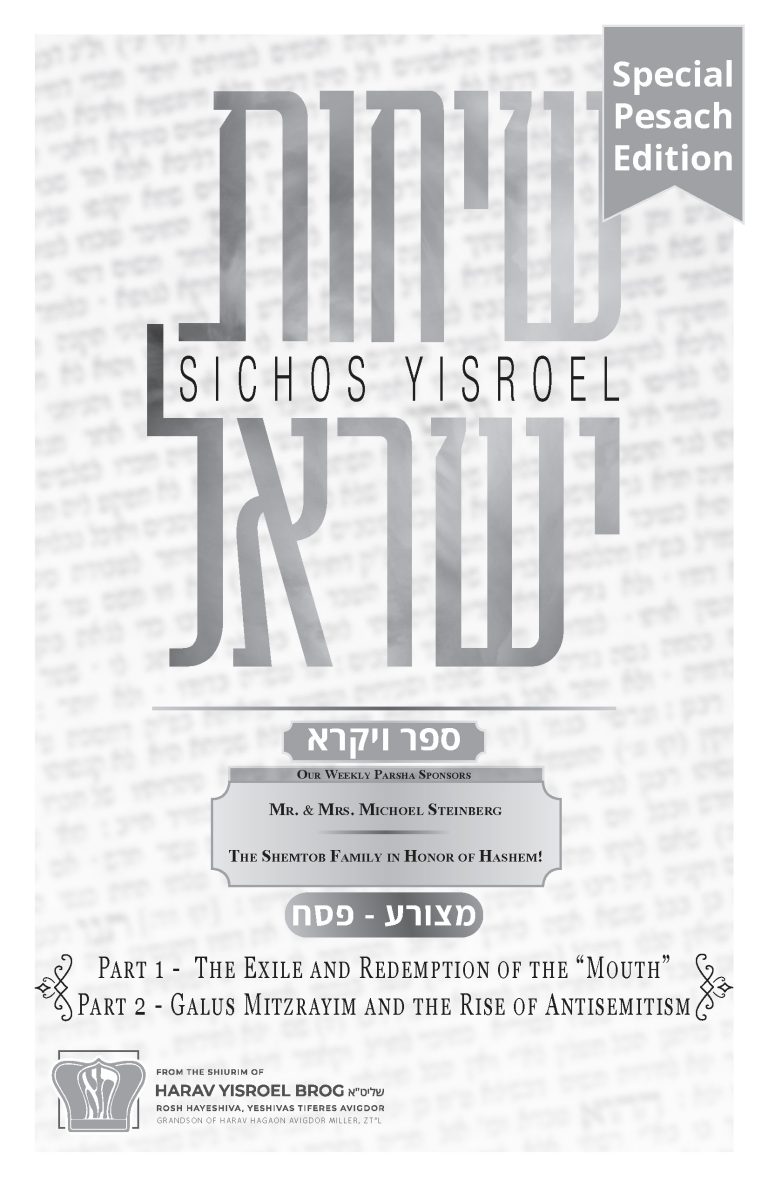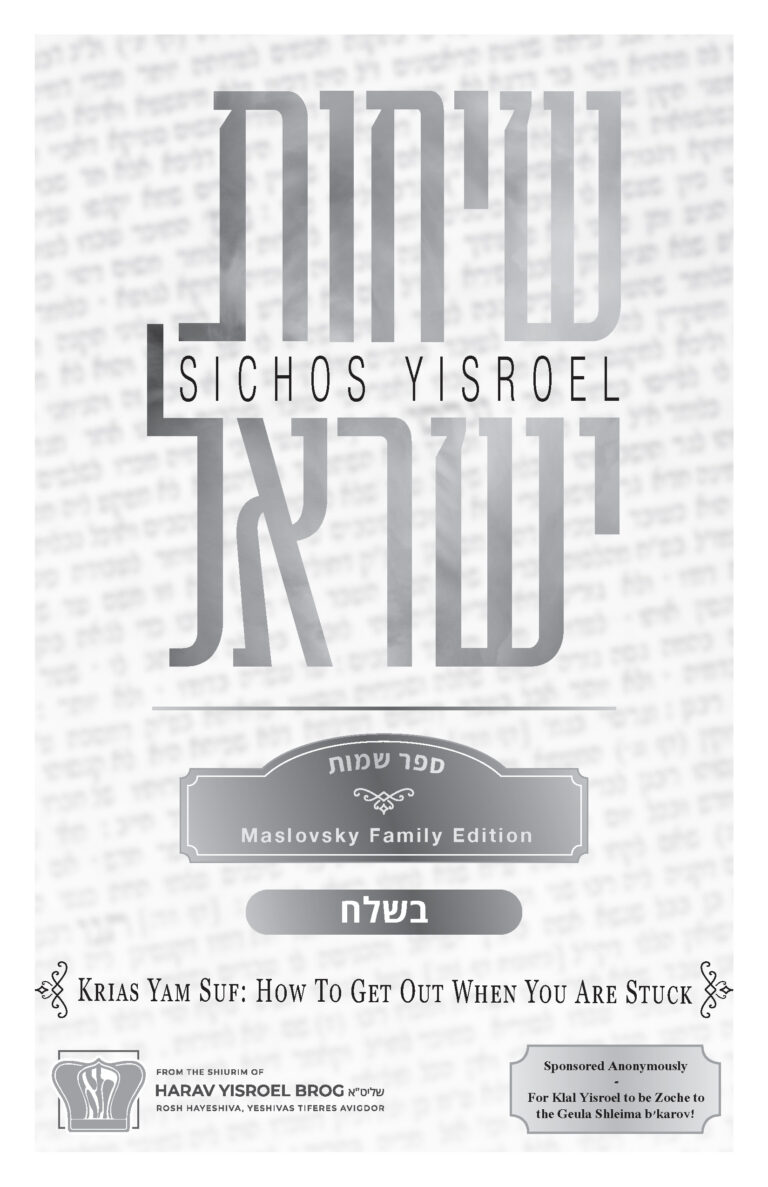Behar 5782 – The Ultimate Frumkeit
Consider sponsoring a shiur
Visit YTATorah.org
Shiur presented in 5778

Consider sponsoring a shiur
Visit YTATorah.org
Shiur presented in 5778

We speak about the greatness of the Chashmonaim. But any time you talk about the greatness of someone, you always have to know, how do you translate that to your life? We talk about the Chafetz Chaim or the Vilna Gaon, and I can tell you how superb and how great they were and how committed they were. But then the question is, “How do I plug into that?”

The subject we’d like to discuss today is an important one because many people pose the following question. The Torah says: I created an evil inclination, and I created Torah as its antidote (Kiddushin 30b). So that means to say that the antidote, the counterforce for the yetzer hara, is Torah.

Parshas Vayeshev is a unique parshah. It’s a parshah where you encounter strife. You encounter tzaros tzeruros in the life of Yaakov Avinu. You encounter tzaros tzeruros in the life of Yosef Hatzaddik. Each of them, Yaakov and Yosef, endured their own difficulties, and were not able to share it with each other as they were separated by distance and weren’t aware of each other’s experiences. This parshah, which deals with yesurim, teaches us something tremendous, because yesurim are part and parcel of our lives. It is something that is totally unavoidable.

There is an interesting Ibn Ezra on the pasuk in our parsha: “This shall be the law for a metzora at the time of being purified, when he’s brought to the Kohen” (Vayikra 14:2). This is the law of the metzora and how he goes through his taharah ceremony…It’s a process. There’s a very interesting Ibn Ezra over here.

Sponsored Anonymously Visit YTATorah.org Shiur presented in 5778

Everybody who hears this shmuess, should express their hoda’ah to Hashem Yisbarach, that they’re able to go to the bathroom and vacuate without surgery or any other intervention.[i] Perhaps you don’t understand what it says in asher yatzar, and you don’t think about it, that if Hashem blocks one of a person’s openings אי אפשר להתקים, they can’t exist. A person should dance and sing after they go to the washroom.